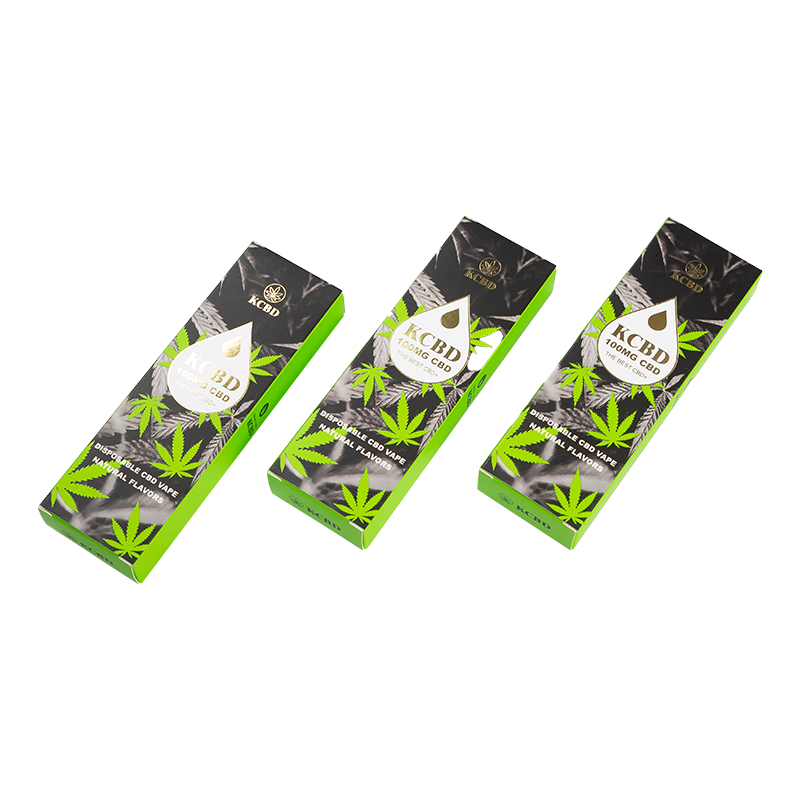Paper packaging box are generally biodegradable, which means they can naturally break down into simpler substances over time. However, the rate of biodegradation can vary depending on several factors:
Environmental Conditions: The speed of biodegradation largely depends on the environmental conditions in which the paper packaging is placed. In a moist and oxygen-rich environment, paper will biodegrade more quickly than in dry or anaerobic conditions (such as in a landfill).
Type of Paper: The type of paper used for the packaging can impact its biodegradability. Uncoated and minimally processed papers tend to biodegrade faster than heavily processed or coated papers.
Ink and Additives: Some inks and additives used in the printing and manufacturing process of paper packaging may affect its biodegradability. Eco-friendly, soy-based inks are less harmful to the environment than traditional petroleum-based inks.

Thickness and Density: Thicker and denser paperboard may take longer to biodegrade compared to thinner materials. Corrugated cardboard, for instance, may break down more slowly due to its layered structure.
Contaminants: If paper packaging is contaminated with non-biodegradable materials such as plastics or metals, it may impede the biodegradation process.
Microorganisms: Microorganisms in the environment play a crucial role in breaking down paper materials. The presence and activity of these microorganisms can affect how quickly paper packaging biodegrades.
In natural settings, such as composting or when discarded in the environment, paper packaging boxes will eventually decompose over a period ranging from a few weeks to several months. However, in controlled landfill conditions, where oxygen and moisture are limited, biodegradation can be significantly slower, potentially taking several years or longer.
To promote faster biodegradation and minimize the environmental impact of paper packaging, businesses can consider using eco-friendly inks, minimizing coatings and additives, and encouraging consumers to recycle or compost paper packaging when appropriate. Additionally, using recycled paper and supporting recycling initiatives can further reduce the environmental footprint of paper packaging.

